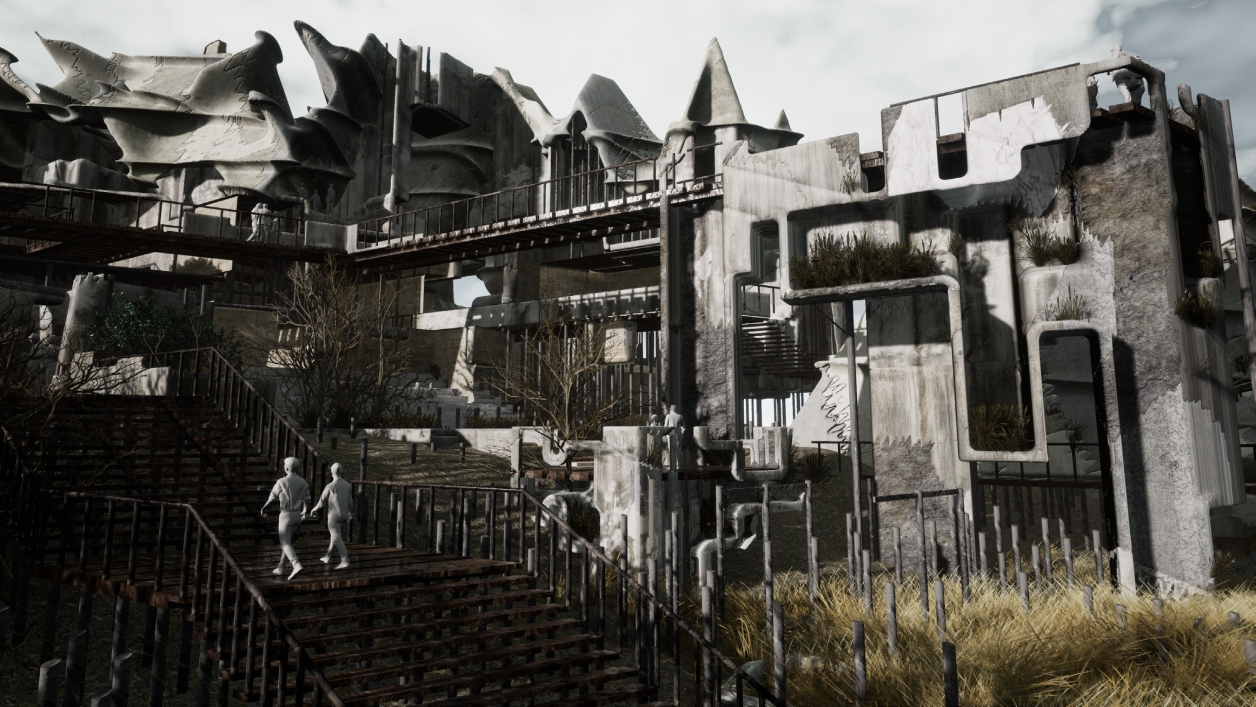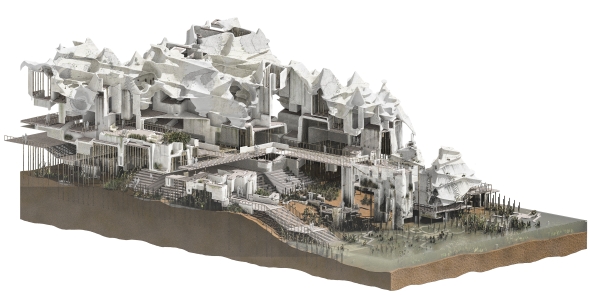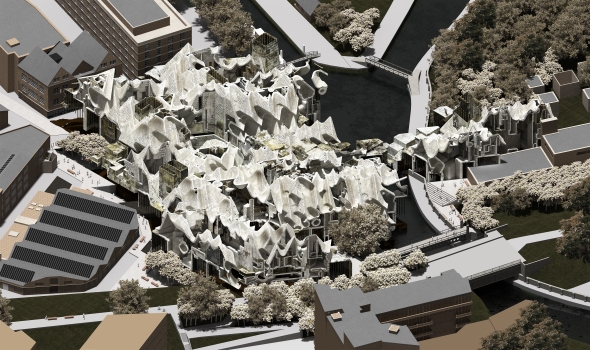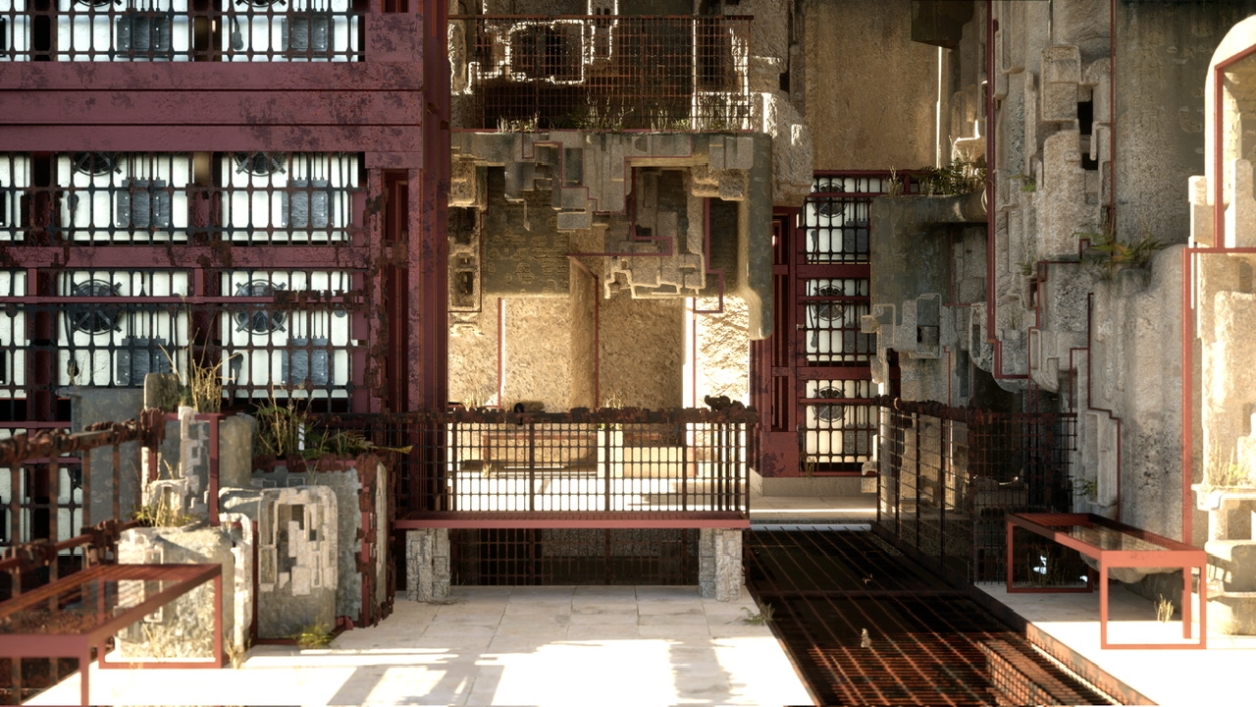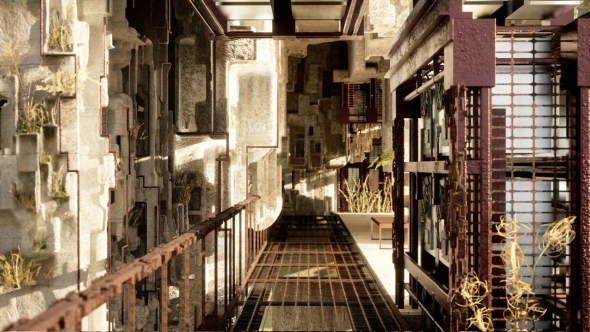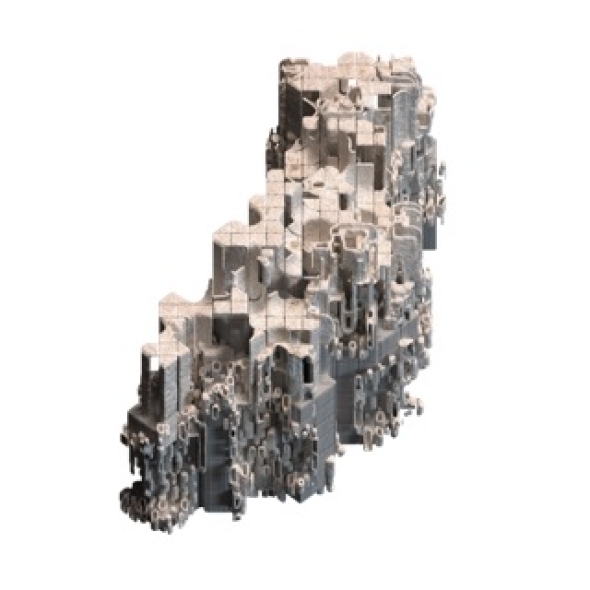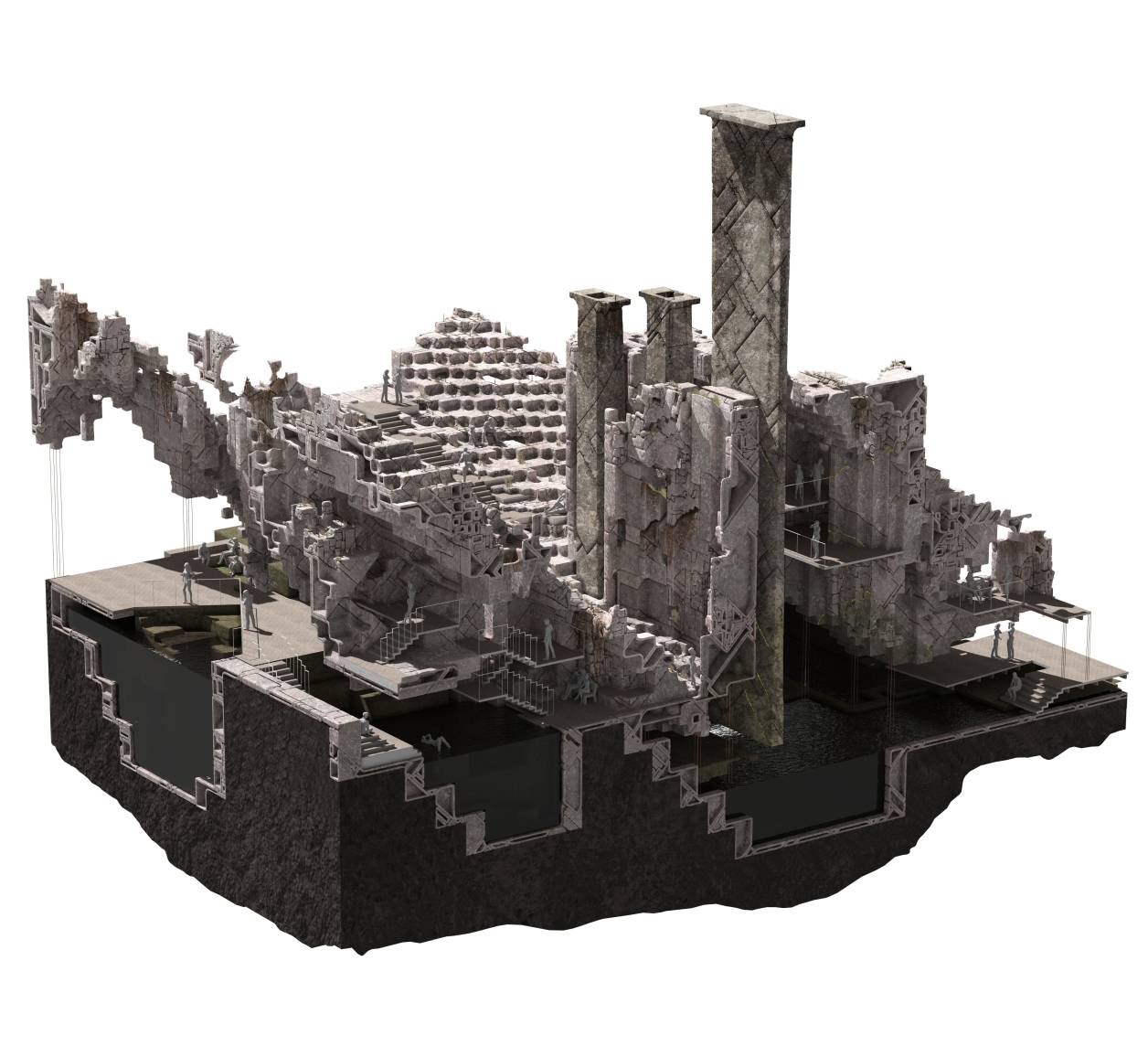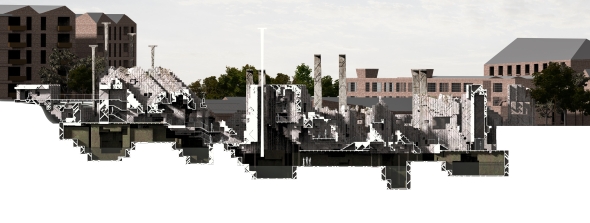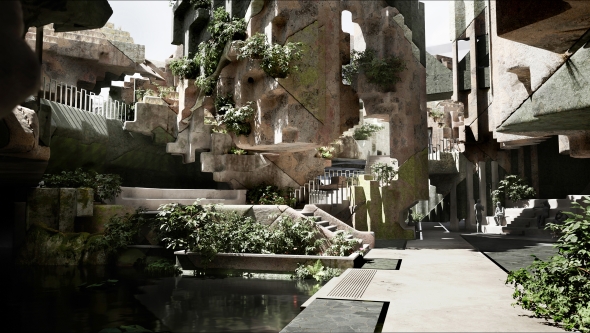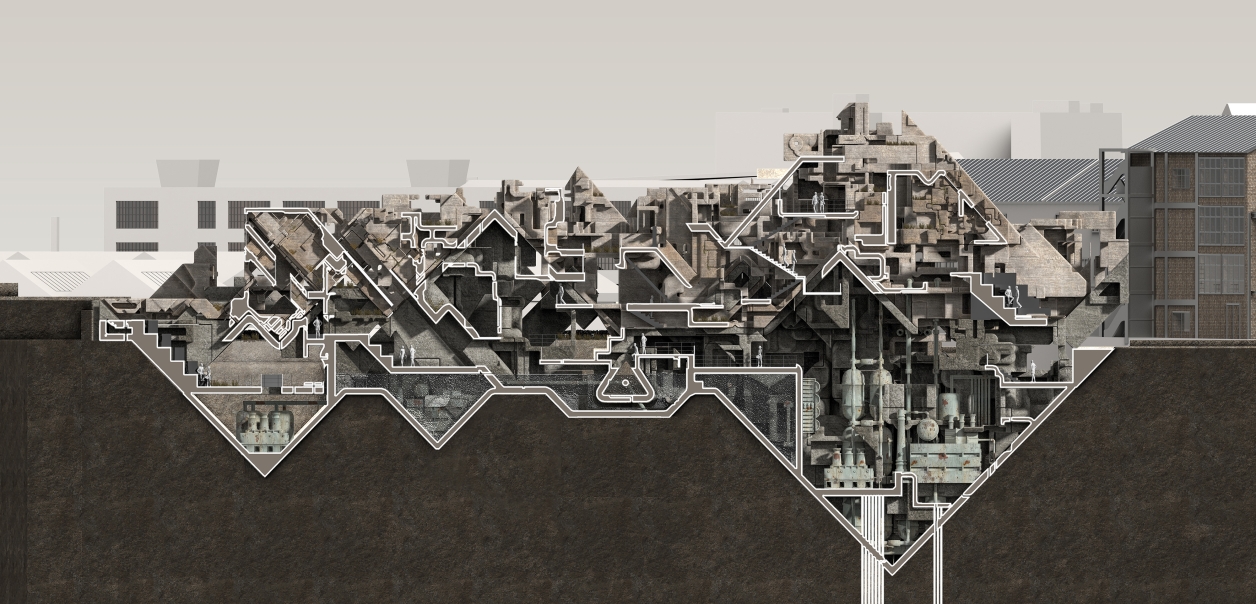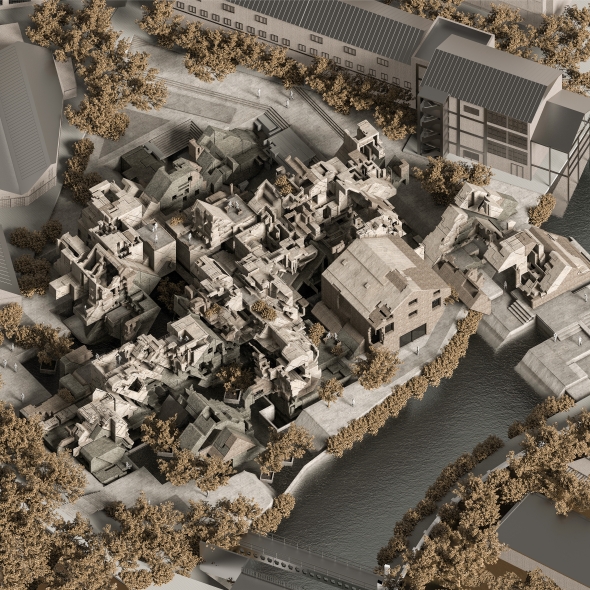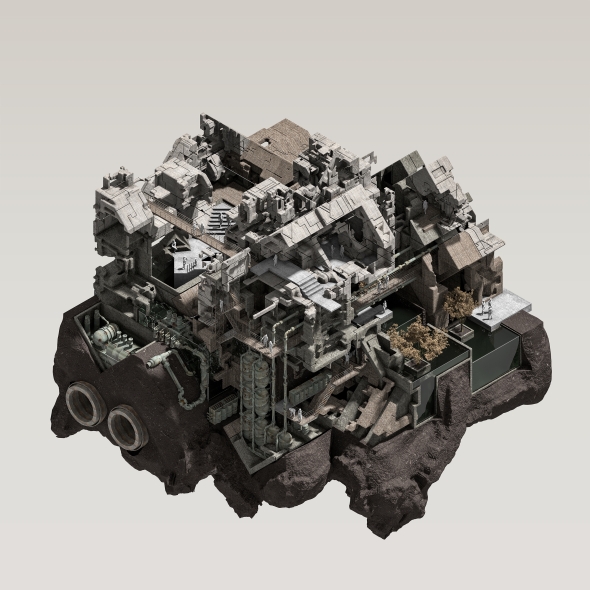Vibrant Assemblies
The environmental crisis presents humanity with a lot of ontological problems, primarily that we might not be as significant as we have historically told ourselves through our anthropocentric narratives. Awareness of extreme weather, habit loss and pollution across the globe seem to creep further into our consciousness through digital media, making our existence feel ever more precarious. It is challenging for us to think about most of our environmental challenges as they operate over such vast space, time, and complexity that we can never fully comprehend them. For the most part, we only experience moments or ‘sections of their amorphous presence’, this is what ecological philosopher Timothy Morton refers to as Hyperobjects. The general response to these Hyperobjects is summed up wonderfully into 3 categories by Pete Wolfendale which are outlined as follows: Fatalism, a resignation to an inevitable future; Messianism, that a messiah type entity will come and save the day; and prometheanism, that places emphasis and belief in human innovation to overcome environmental challenges. The latter gives a sense of hopefulness and importantly, it also implies an agency which is sorely needed. That said, prometheanism is an anthropocentric worldview that has in many ways contributed to our current predicament, therefore it is essential that this position is reorientated towards a new form of biospherical egalitarianism. Ecocentrism is an ontological and ethical belief which states that all matter, biological or otherwise, have intrinsic value within a global ecology. Invested in this ideology, the studio will depart from a position of Eco-Prometheanism, asking how human innovation can reimagine the design of buildings to mitigate their environmental impact motivated by a different set of ethics. Furthermore, students will also ambitiously speculate on how architecture and its aesthetic qualties might begin to cultivate a new ecocentric world view.
Students will site their projects in Hackney Wick, London. The area sits within the Lea Valley, a combination of waterways which run southward towards the river Thames. The area is characterized by former factories turned artists’ studios which has created a diverse and alternative community in the area. As a result of the effects of the London 2012 Olympic games, the area is rapidly developing as many cultural institutions such as UCL and the V&A museum have moved to the area, alongside the inevitable residential development. Specifically for the studio, the area is interesting in considering how the physical fabric of cities change over time and how notions of program can change and quickly become irrelevant. The studio will also question the areas relationship to the ‘natural’ landscape and its qualities that gave rise to its industrial past, considering how a new form of post anthropocentric architecture might relate to or engage with these same qualities.


